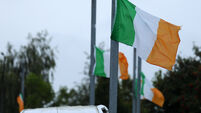More than half of teens in North asked for sexual image of themselves

More than half of young people in the North have been asked for a sexual image or video of themselves by another person.
One in four teenagers sent explicit material to somebody. Sharing by mobile phone or online is commonplace to the point where it is considered "mundane", an expert report said.













